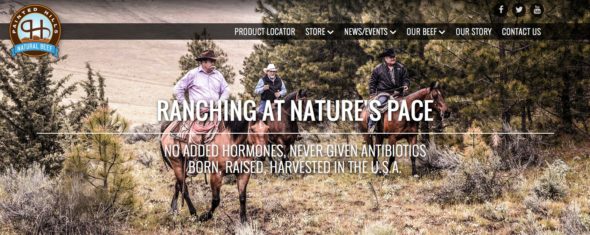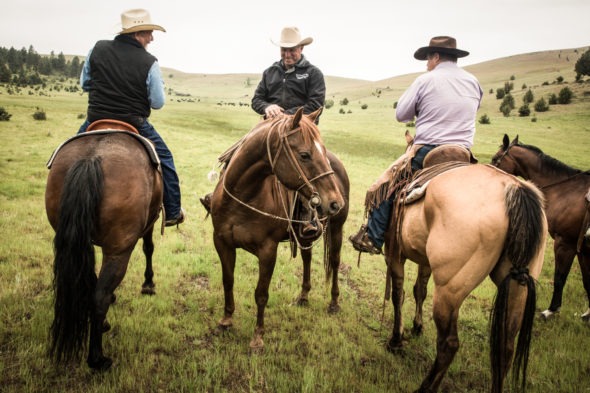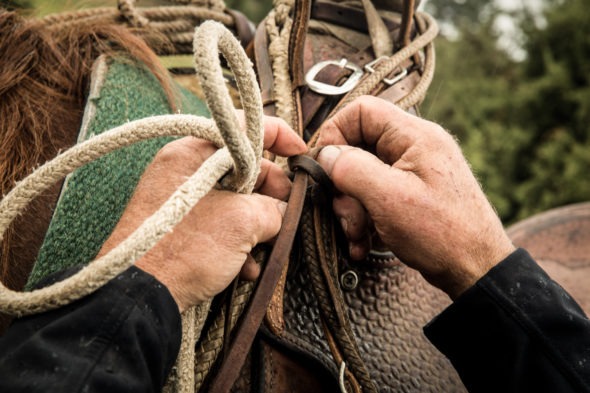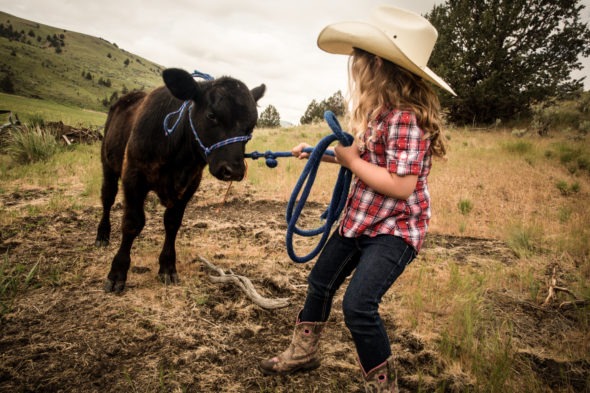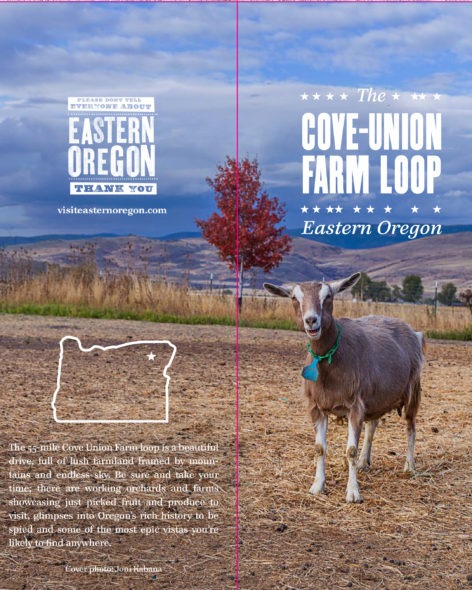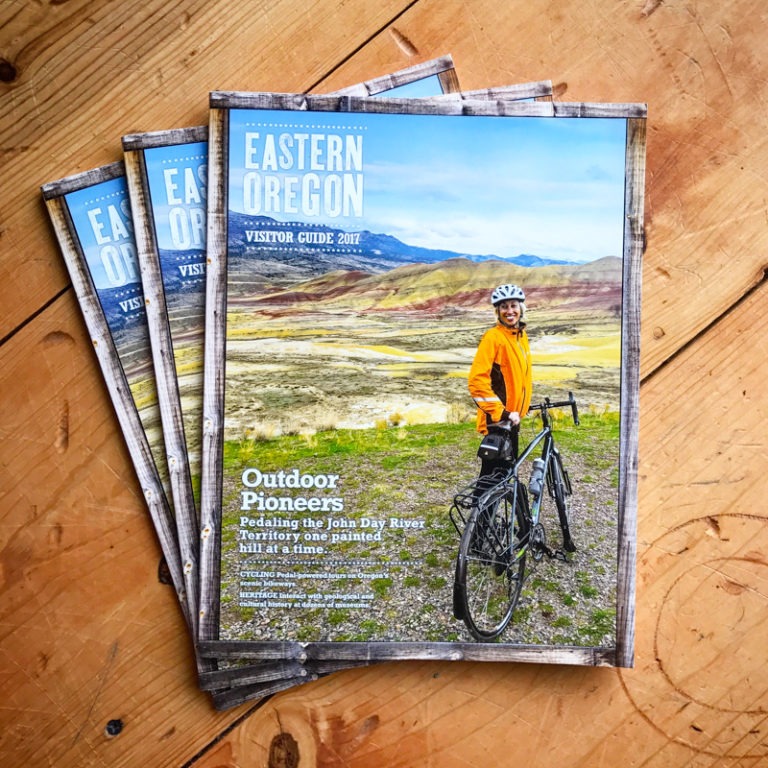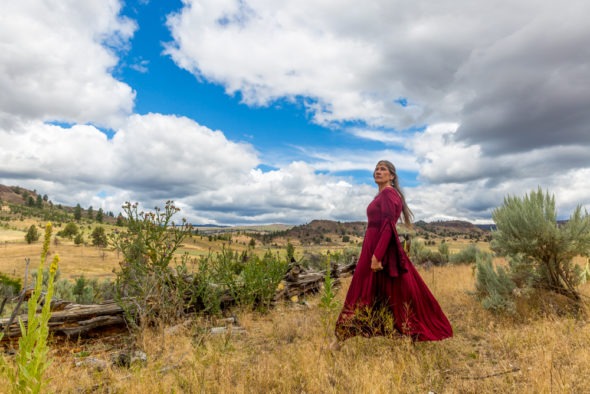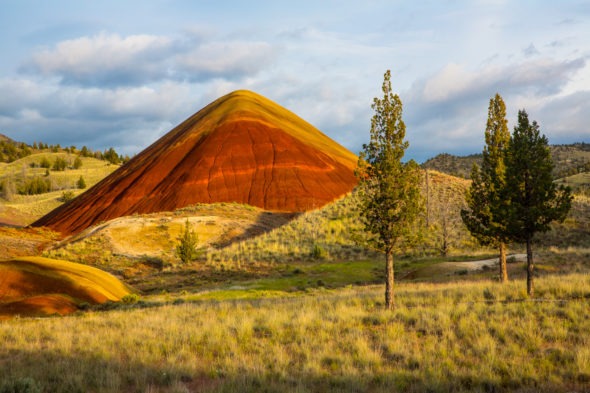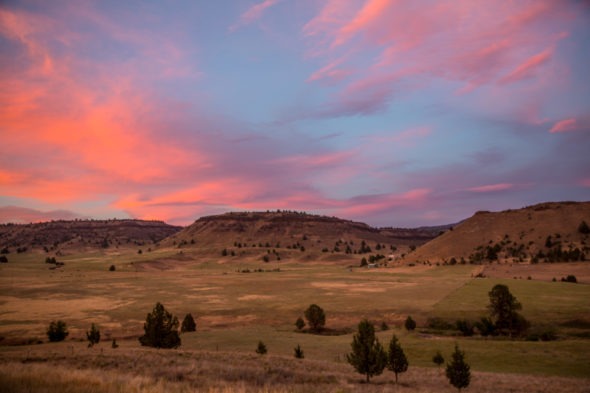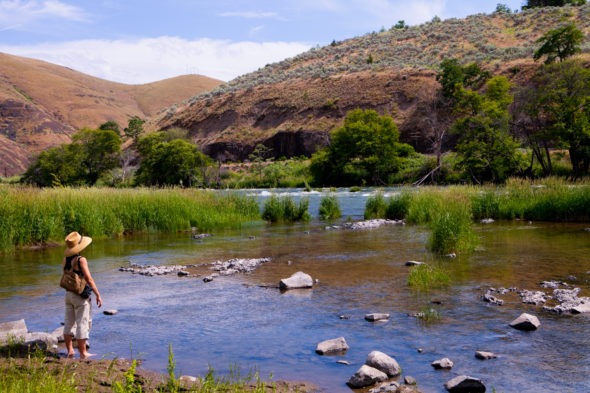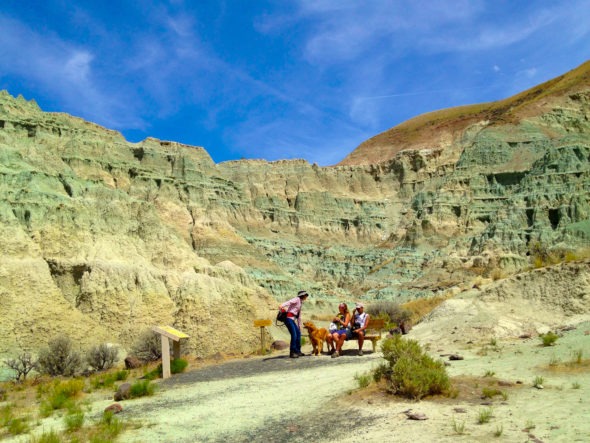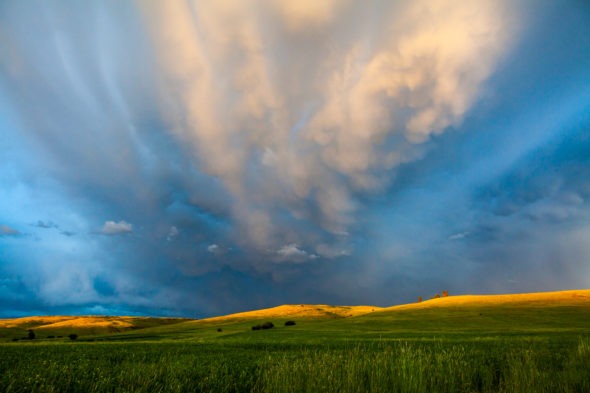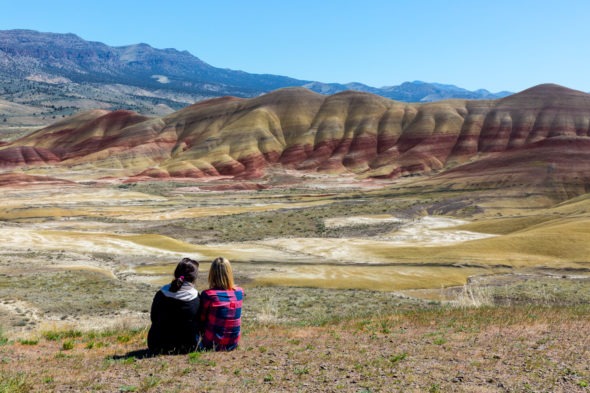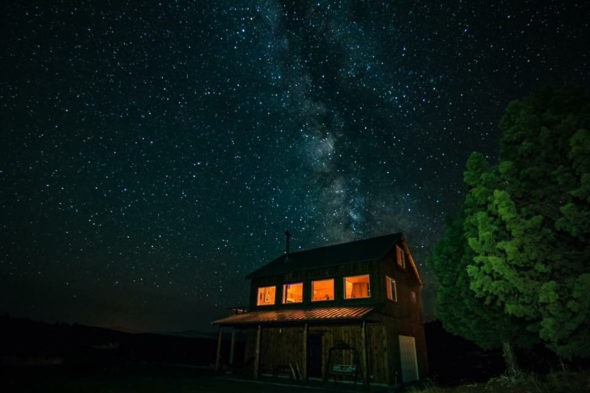And these maps will help you do it also!
Category Archives: Oregon
Cascadia 2018: The Homesteader
What is even more exciting to me is that two other artists (Kristin Renzema and Nancy Smithman) who made images in this area during one of our workshops also were selected to exhibit their images.
Submission statement:
The goal of the exhibit is to interpret the authentic Oregon experience, and to challenge artists to look at the urban/rural divide through their lenses and show us stories about our similarities, rather than our differences. We chose the word “Cascadia” as a reference to the Cascadia Subduction Zone (or fault), which stretches the entire length of the Oregon Coast, as well as further north and south. It is this fault line that is the source of much of the volcanic activity that created the Oregon Landscape and the Cascades, which have traditionally been the dividing line of our state. In fact, it is a very long, sloping subduction zone that separates the Explorer, Juan de Fuca and Gorda Plates from the North American Plate — the Cascadia subduction zone is where the two plates meet, and it is at “Cascadia” where Oregon meets.
Curating: PDX 30 Exhibit at Lightbox Gallery
This little gallery is well loved, and it was an honor to be the curator for this show.
(Photo by Michael Granger, founder of Lightbox Gallery)
Eastern Oregon Visitor’s Guide 2017
I was commissioned to make the covers (four in all, depicting four different regions) and to supply imagery for many of the inside pages. It was a dream assignment to run around the back roads of Oregon capturing landscapes, animals, food, accommodations and personalities. And wineries!
I love Eastern Oregon. It does good for the soul. Read more reasons why I love it out there in this Travel Oregon blog post.
Terra Magazine: Uganda Goat Milk Soap-Making
Workshop: Environmental Portraiture
Class discussions are held at my remote cabin near the small town of Spray, but most of the hands-on training for this workshop is spent photographing people in the surrounding wilderness areas.
I have made a commitment to providing an immersion experience that focuses on “honoring the land/respecting the subject” while also enjoying great company, local fresh foods and delicious wines.
Each workshop accepts an extremely limited number of participants so that the group size is conducive for intimate exchange of ideas and nimble change of locations.
Follow along on my Instagram account for live stories and images during these workshops and throughout my on-going backroads exploration!
There Is A Reason For This
“Do you know where I can find a good plumber out here? I’d like to get an outdoor shower up and running before my extended family arrives from out of state soon.”
He looks at me straight in the eye, pauses, and with a slow curl of his lip, he said, “You already have one. That is what hoses are for. Let ’em sit in the sun a bit, and you have yourself some nice hot water also.”
And like that, I learned more than a few lessons.
This might seem like nothing more than a humorous exchange with a dollop of sarcasm, but that moment set the stage for how I would come to live in (and understand) my new rural town of Spray, Oregon.
As I make my way around the new digs, I am constantly learning things each and every day. Close all gates. Respect the land. Ask before making assumptions. Listen closely. Have a sense of humor, politically incorrect at times but rooted in truth.
I was drawn to this area of Oregon because it reminded me of being in Ethiopia, where most of my work has been of late. The landscapes share striking similarities. I also am finding that there is a cultural divide between city/rural that is not unlike the chasm that exists between western/developing nations. And just as we often see aid distribution with well-intentions go awry, the same “we know best” attitudes are too often seen when city/rural tensions collide.
As I dial back my city attributes and attitudes, I am finding myself surrendering to the notion that mankind just might fare best when living close to the land and in shared community. Yet at times I witness something that I just can’t wrap my head around, whether it is seeing a dead coyote draped over a fence or listening to harsh complaints from a local shop owner. Luckily, as I meet people out in this area, I am fortunate enough to be getting some great advice along the way. A very wise local once said something that has now become one of my mantras: There is a reason for this.
There is a reason why city folk and ruralites might clash at times. Judgement and misunderstandings prevail over mindfulness and openness to what I refer to as “crossing the cultural divide”. Whether it be in far away lands with exotic cultures or close to home in rural/city Oregon, both parties must be willing to set aside preconceived notions and seek to understand the position of the other and not make assumptions for what is best. Once this happens, synergistic collaborations can surface.
Our small towns are struggling to stay afloat all over the nation. Big box stores, online shopping, and digital “travel” through our computer screens have fostered a laxity in some for in-person explorations of places outside of our misguided comfort zone. While seeing a beautiful photo online gives great pleasure, there is nothing like planting our feet in front of a soaring and majestic colorful rock formation that is millions of years old while watching a large bird against a kaleidoscope sky search for its dinner and feeling the wind nudge us into letting our fears and worldly concerns slide away.
Nature brings a perspective like no other antidote. It doesn’t matter if we like outdoor sports or not, the point is to just run for the hills and immerse ourselves in sensory delights, whether by foot, bike, boat and yes, even a clunky car. I love finding myself on a deserted road at night when the stars come out and only the moon can be seen with no other man-made structure in sight. It makes me free fall out of the chaos that cities can at times impose upon us. I believe we are more fragile than we realize.
So let’s go. Stop short of only following adventurous people on social media and make your own adventure. Select a far away small town to explore (your dollars are desperately needed to keep these towns in existence), cross that cultural divide and listen to locals tell their stories, tell yours, and become inspired by one another. Commune with some animals. Perch like a bird on a lookout point. Read a book on a riverbank. Explore the remote outer areas that take you a while to reach.
I think there is a reason for this.
(The Painted Hills, part of the John Day Fossil Beds, Oregon)
(Spray, Oregon)
(The Deschutes River, near Maupin, Oregon)
(The Blue Basin, near Kimberly, Oregon)
(Carmen Ranch, Wallowa, Oregon)
(The Painted Hills, near Mitchell, Oregon)
(My cabin in the John Day River Territory, photo by Michael Schoenholtz)
Assignment: Painted Hills Natural Beef
That is exactly what this assignment required as I captured images for Painted Hills Natural Beef in Fossil, Oregon for their website and social media platforms.
A rancher’s life is wrought with many worries and hardships, and often their hard work is under-appreciated by those who sit down to eat the products they bring to the table. There seems to be a disconnect with where our food comes from, how it was raised, and whether it is even healthy for us to eat. Take a spin on their website to read about the many benefits of natural beef.
And consider making a visit to this lovely area of Oregon!
